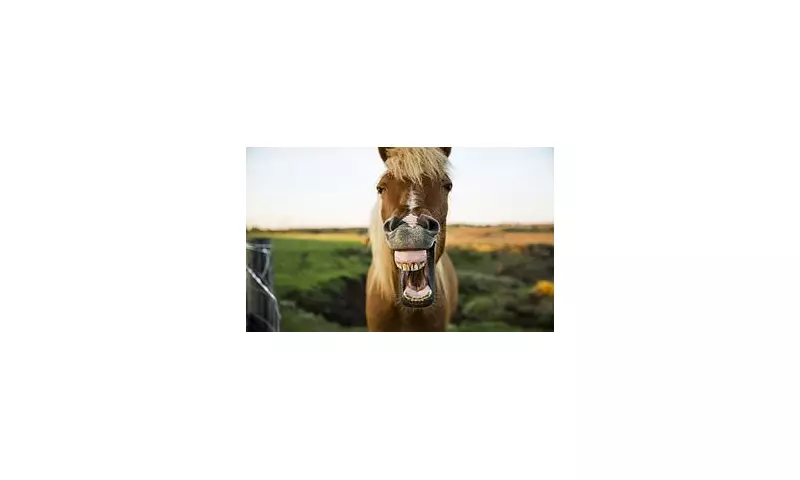
Have you ever looked at your pet and wished, just for a moment, that they could talk? The age-old fantasy of conversing with our animal companions is one that British journalist Amelia Thomas decided to explore in depth.
The Spark of Curiosity
For Thomas, the question of animal communication became personal two decades ago. Her apartment building caught fire at night, and her family was saved solely due to the frantic barking of their dog, Milo. This life-changing event prompted her to pay closer attention to the subtle, and not-so-subtle, signals animals send us. Living on a farm in Nova Scotia, Canada, with a menagerie including dogs, a cat, chickens, pigs, and horses, she had the perfect subjects for her year-long investigation.
The Limits of Language and the Rise of AI
Thomas quickly discovered that despite decades of scientific effort, from teaching parrots vocabulary to using artificial intelligence to decode animal sounds, we are no closer to a real conversation with an animal than we were in 1920 when Hugh Lofting wrote The Story of Dr Dolittle. Progress in this field has been, as she notes, painfully slow.
With conventional chat off the table, Thomas turned her focus to the rich world of non-verbal communication. She learned that while dogs can smell human emotions like fear or stress, and horses are adept at reading our facial expressions, most humans are remarkably poor at interpreting animal body language.
Learning to Listen Without Words
Her research uncovered fascinating details that many pet owners overlook. For instance, a happy dog wags its tail more to the right, while an anxious one wags to the left. She also notes that horses possess 17 basic facial expressions, not far off from a human's 27. In a charming aside, she reveals that sheep don't mind rain or snow but thoroughly dislike windy days.
In a bold attempt to see the world from a dog's perspective, Thomas got down on her hands and knees to sniff around her house. She realised that for dogs, with 50 times more scent receptors than humans, smelling is a form of time travel, allowing them to perceive 'replays of things that happened months or even centuries ago'.
Inspired by Darwin's belief that animals love novelty, she even kicked a football around with her dog and two pigs, who were utterly enchanted, leading her to dream of a 'great interspecies soccer match'.
The most poignant moment in her journey came through a form of 'quantum entanglement' or psychic communication with her beloved horse, Major. When the unwell animal leaned his forehead against hers, she understood his message: 'I've had enough.' The vet later concurred, confirming her interpretation.
A New Way Forward with Our Pets
While Thomas's findings are ultimately inconclusive on whether we can ever truly 'talk' to animals, her book is a thought-provoking and highly readable account. She suggests a powerful shift in our approach: instead of talking at our pets, we should spend more time listening and observing them.
By paying closer attention to their non-verbal cues and unique ways of perceiving the world, we can forge a far more effective and profound connection with the animals who share our lives.





